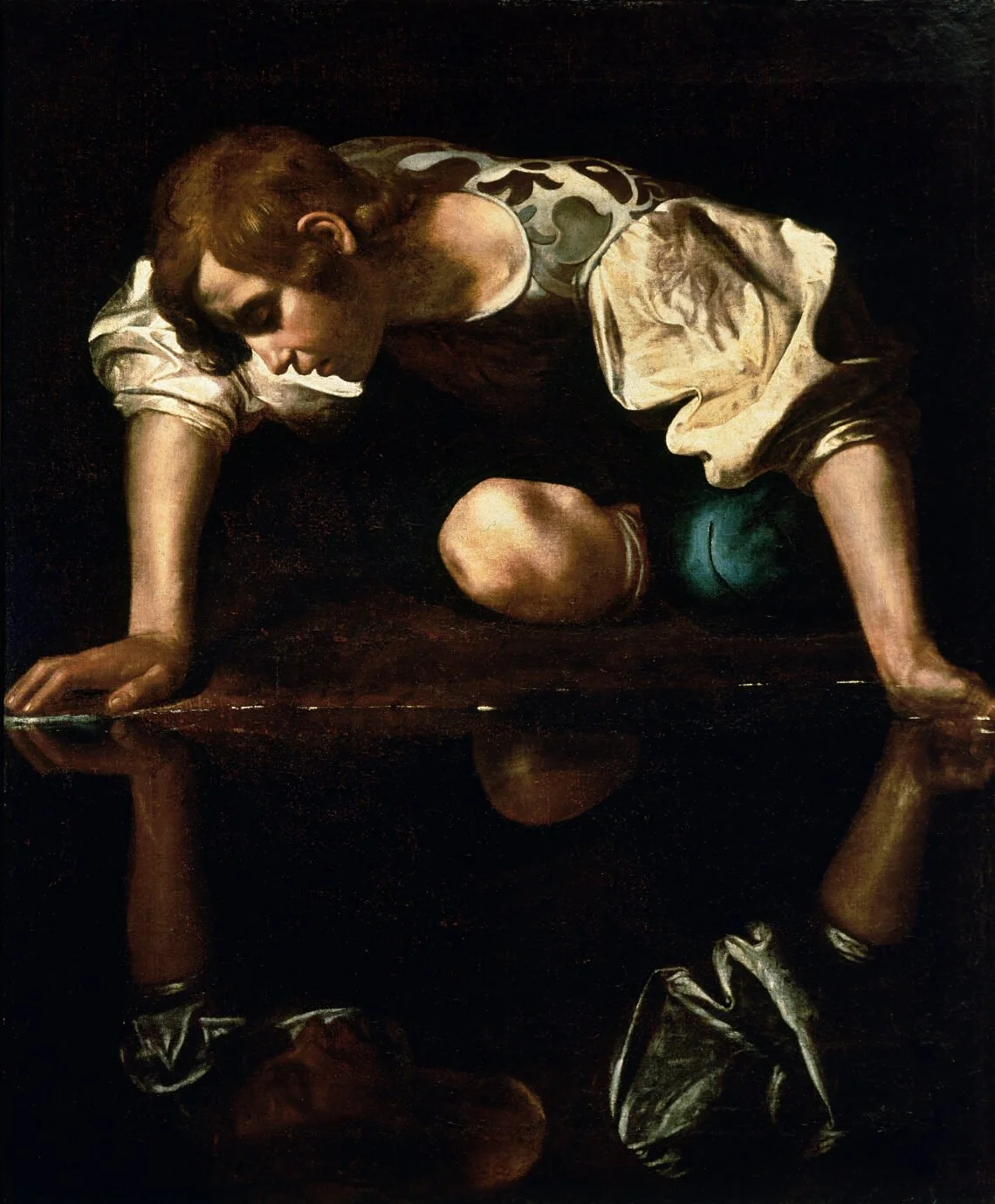The last several posts have related to my thoughts on artists of the past. As I draw this series to a close, I thought that it would be fun to finish up with my favorite contemporary artist, Makoto Fujimura. Mako Fujimura is a Japanese American artist known for his luminous abstract paintings that combine contemporary vision with ancient techniques and more than any other living artist, has influenced my own work. Born in Boston and raised partly in Japan, he studied at Tokyo University of the Arts, becoming one of the first non-Japanese nationals to train in nihonga—a traditional art form that uses hand-ground minerals, precious metals, and natural pigments on paper and silk. Beyond painting, he’s also a writer, speaker, and founder of the International Arts Movement, which encourages artists to see beauty as an act of cultural care.
Learning about Fujimura’s journey feels both comforting and challenging to me as an artist. What first draws me in is the way he treats tradition. Instead of seeing nihonga as something rigid or outdated, he uses it as a living language. His paintings shimmer with layers of crushed malachite, gold, and silver, creating something deeply rooted yet unmistakably new. This really struck a chord with me many years ago when I first saw his work and, learning from his example, the take away for me was that I don’t have to break from the past to be original. I can let my own history, influences, and cultural background nourish what I create.
Another lesson I find moving is how Fujimura sees art as a response to the world’s wounds. After the events of 9/11, he didn’t turn away from pain; he gathered other artists to explore how beauty can speak into tragedy. That challenges me to think about my own work: could it be more than self-expression? Could it be a gentle invitation to hope, or even a quiet act of healing?
I’m also struck by Fujimura’s embrace of slowness. His process—patiently building up translucent layers over months or years—is almost a meditation. In a world that pushes me to rush and produce, his art feels like a reminder that depth, meaning, and beauty often grow slowly.
Finally, what resonates most is how naturally Fujimura’s faith flows into his art. He doesn’t separate what he believes from what he makes; his paintings feel like offerings—humble gestures of gratitude and wonder. It makes me reflect on what grounds my own creativity and invites me to approach my work as something sacred, rather than just something to finish and show.
Through Fujimura’s life, I’m learning to slow down, honor tradition, create as an act of love, and let something deeper guide my art. His example makes me hopeful—not only for what I might make, but for the kind of artist, and person, I might become.













